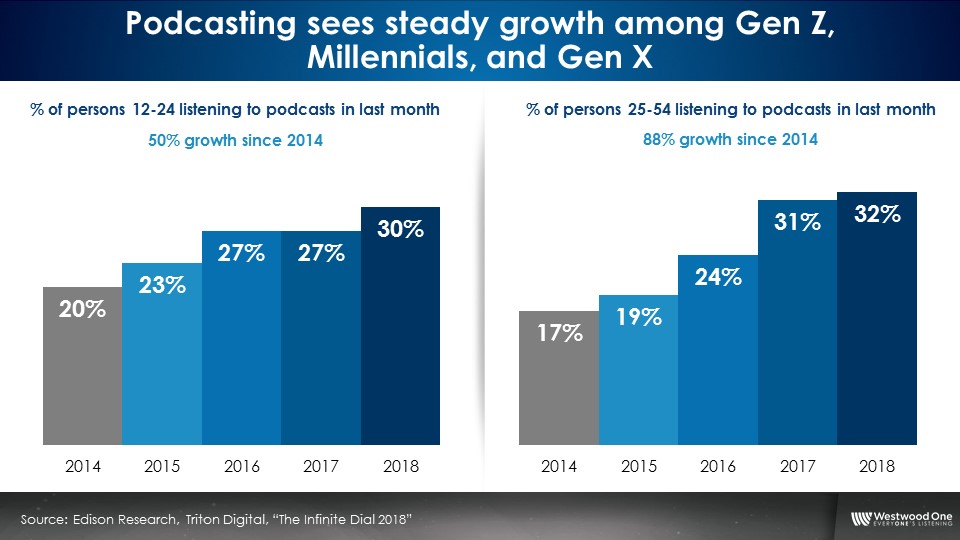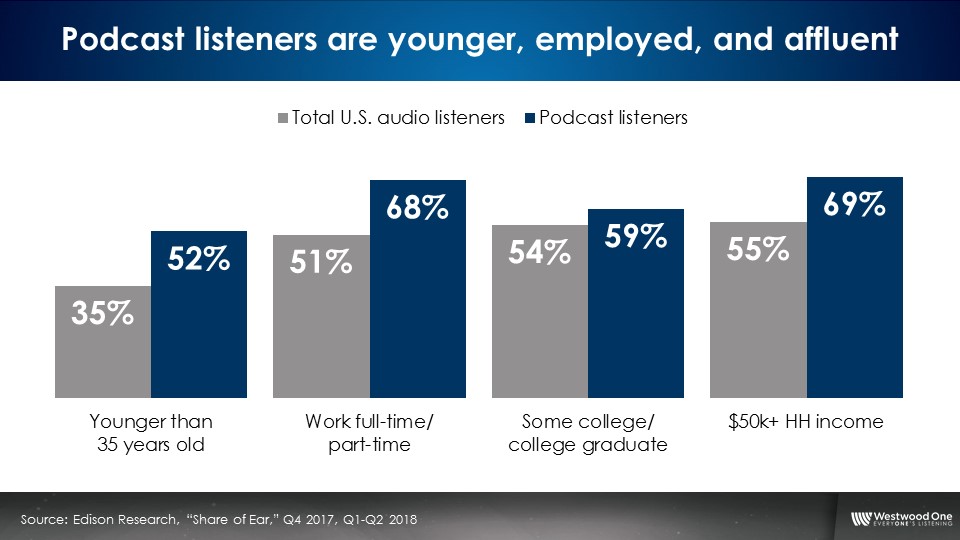We know the industry’s open secret - The standard demo breaks of 18-49 and 25-54 are hopelessly out of date and don’t reflect the true value of today’s consumers and their buying power. The industry has been slow to change … until now.
For the past couple of years, A+E Networks has been quietly working with agencies to integrate broader demographic breaks within traditional linear deals, packaged with digital and social wherever it made sense.
A Much Needed Demographic Transition
For Pam Gibbons, Senior Vice President Advertising Sales, A+E Networks, this transition is a much needed correction to an evolving media market. “The migration into the different TV platforms has gotten more dramatic and it became more obvious that traditional breaks of 18-49 and 25-54 just don't make sense when you look at the median age of the cable viewer,” she stated. To that end, an effort was made, as she explained, “To think ahead and keep our business in a healthier place. We realized something really significant needs to change to keep things moving forward.”
Gibbons and her team implemented a focused strategy to, “Go to the marketplace and do business differently to capitalize on the total audience. We started conversations with agencies and clients, bringing research to them, showing the audience migration and also stressing the value of the older audience.”
Arguably one of the last prejudices in media is the 55+ cohort. It is high time to reevaluate this incredibly important consumer group. “Fifty plus audience is not what it was 20 to 25 years ago,” Gibbons noted, “It is not just how big of a part of society 55+ is, but how much money they're spending and how people are working longer. The old way of thinking about 55+ who is set in their ways and only wants to buy the same brands that they always been, is just not the case. Research proves this out.” Armed with compelling data, Gibbons and her team sprang into action. “We started having conversations way ahead of actual marketplace negotiations. There were a lot of obstacles. Some adapted to it quicker than others but we certainly had great success.”
Advertiser Solutions That Change the Landscape
Gibbons’ approach to the marketplace offered several solutions. “Our philosophy was to bring to light who you're reaching and in which places. Research shows the migration of the younger viewers to TV everywhere platforms,” she stated and added, “We also talked about solutions. We've been developing a Weekend Originals block that we brought to clients to reach audiences with different original content, getting away from the traditional mindset of originals only being on in Prime. Our Weekend of original programming was sold to our clients at no premium pricing.”
In addition to this, “We are also in the marketplace in a pretty big way with audience targeting solutions,” especially for those clients who pushed back on targeting older demographics, whether because of the ad category or product. “These are all different solutions that we brought to market, that was part of our success. It wasn't something that we forced on people. We see benefits on both sides of the table recognizing the value of linear TV and all these different buckets. There are all these ways that we can help your clients get what they need by getting away from the traditional ways of doing it like just on 18-49 and 25-54,” she explained.
Advertiser Response and Next Steps
Working with advertisers to craft the most effective way of reaching their consumers has proven very successful for A+E Networks. “The response was pretty great in this upfront marketplace. We closed eighty advertisers who moved towards the 55+ demo and I want to say that close to half of our upfront revenue is now on these breaks. We really had tremendous success. But we also have some work to do. The conversation that is ongoing as we move into the ‘22 planning cycle. We've already had several meetings, which is hard to believe. It seems like the upfront season never ends anymore.”
She also believes that the tide is turning for the expansion of audience demographic breaks. “We made some really significant gains. We've all been talking about the change of our industry for so long and I really think that it's really happening now,” she concluded.
This article first appeared in www.MediaVillage.com
Artwork by Charlene Weisler



